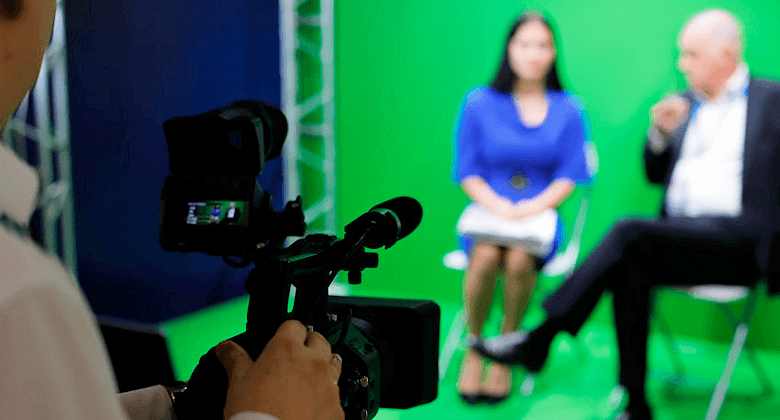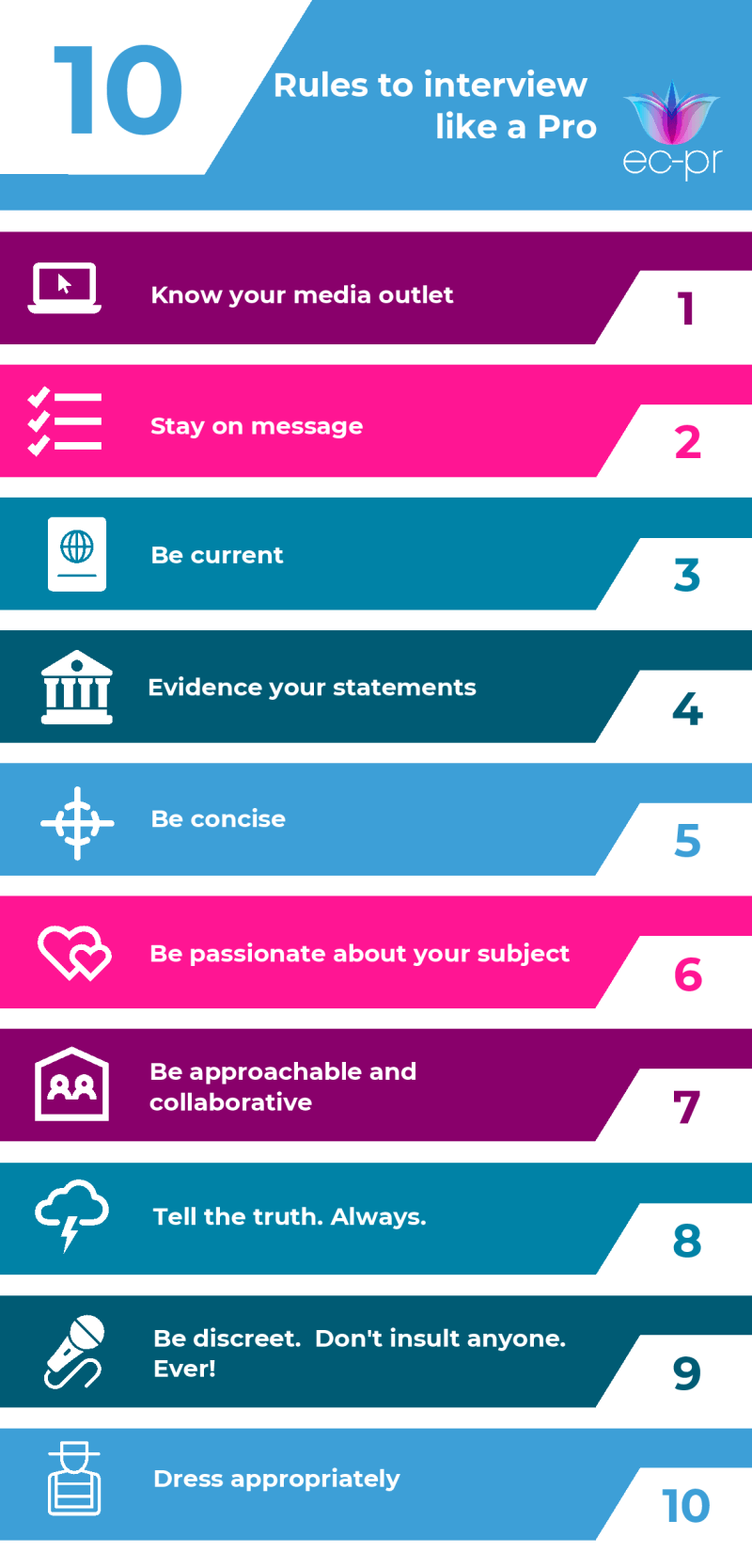
How to deliver a successful media interview
A successful media interview is one that results in press coverage that reflects well on the organisation, advances the conversation while building trust and credibility.
All too often, industry experts can be left feeling like they’ve gone ten rounds with Tyson Fury after speaking to journalists. Whether it be the lack of control throughout the interview or that sinking feeling that you’ve said something you shouldn’t have, the experience can quickly turn sour, leaving a bad taste in your mouth – an experience that many people don’t want to repeat.
Whenever we talk to our clients about these types of opportunities, we are always quick to remind them that this type of media interaction should be considered as a win-win situation with clear benefits for both the business and the journalist.
Why are media interviews important?
Media interviews are important because they provide spokespeople with the opportunity to showcase their organisation’s knowledge, expertise and authority. Effectively talking to the media strengthens your reputation which in turn, will provide a far greater chance of your target audience finding you, being interested in you and engaging with you and your brand. The business case for successful media engagement is strong and undeniable. Businesses who grasp these opportunities will be sure to stand head and shoulders above their competition.
How do I best prepare for a media interview?
The single biggest piece of advice that we always give to our clients who have been put forward as an industry spokesperson for a media interview is: ’preparation promotes premier performance!’ ‘Winging it’ is not an option. It takes a little more effort than hoping for the best and planning for the worst. The more you prepare, the more value you will get out of the interview. Media training is essential for those spokespeople who are likely to be approached for industry commentary such as the CEO or heads of departments. Equipping yourself with the tools and skillset will help you to avoid those awkward situations where you’re left feeling that the journalist has the upper hand and has backed you into a corner that you can’t get out of.
What happens in media training?
During media training you should be trained for the situation you are most likely to face. Too often, we hear about people’s past experiences of media training being dramatic but irrelevant involving lots of cameras, lights, microphones, and a ‘hot seat’. Understandable for an expert or CEO of a Global FMCG business who is likely to be asked on to the BBC red sofa on a regular basis but, for a more niche B2B technical expert, is that wholly realistic? For training to be effective and long-lasting, it needs to focus on real life scenarios – otherwise it’s a complete waste of time.
Media training top tips
Here are some top tips extracted from our Flare Media Training workshop:
Avoid going off-piste
This focuses on how you can stick to the agreed messages and avoid the words ‘off the record’ as there is no such thing. If you say something then you need to understand that it could appear in print, on air or online – quite possibly all three.
Only fools rush in
In many instances, you will be given suitable time to prepare – we look at how you use that time to ensure that you get across what you want to say. A well-thought-out response carries far more gravitas and credibility than an impulsive, garbled one.
Compelling, not compulsive
Being able to describe your organisation and its offering with clarity and meaning is critical in an interview situation. You need to be able to express it in a way that is understandable and meaningful to the target audience of the media you’re talking to. Spending time capturing those short, compelling sentences, made up of words that come naturally to you is key.
Steer clear of ‘no comment’
Saying ‘no comment’ will become part of your final comment that is published or more damning, it could turn into “the company refused to comment” which to the outside world, is an acknowledgement of being at fault for something – how much fault becomes a guessing game for those reading the article which is not a good place to be. It may require some hard work with internal stakeholders, customers or partners to agree a statement, but it’s vital that some form of response is provided.
It’s ok to not know the answer
In most cases, B2B journalists are not looking to trip you up – they’re genuinely looking for deeper information on a given subject and they’ve come to you because you are considered the expert. That said, if you are asked a question that perhaps is not within your area of expertise, it’s ok to say that you don’t know or that you’re not prepared to speculate on something in which you have no expertise.
In the words of BBC Radio 5 presenter, Peter Allen, an engaging interview is essentially a good conversation. It is as simple as that.”
Would your executives and technical thought leaders benefit from engaging positively with the B2B media? Please get in touch today and find out how we can help you.
Or start by downloading our Flare Media Training guide here, and see an example of our work with Mason Advisory, where we trained their key spokepeople to confidently communicate their message to journalists.
Subscribe to our updates
Stay up to date with the latest insights, case studies, and PR guides.




